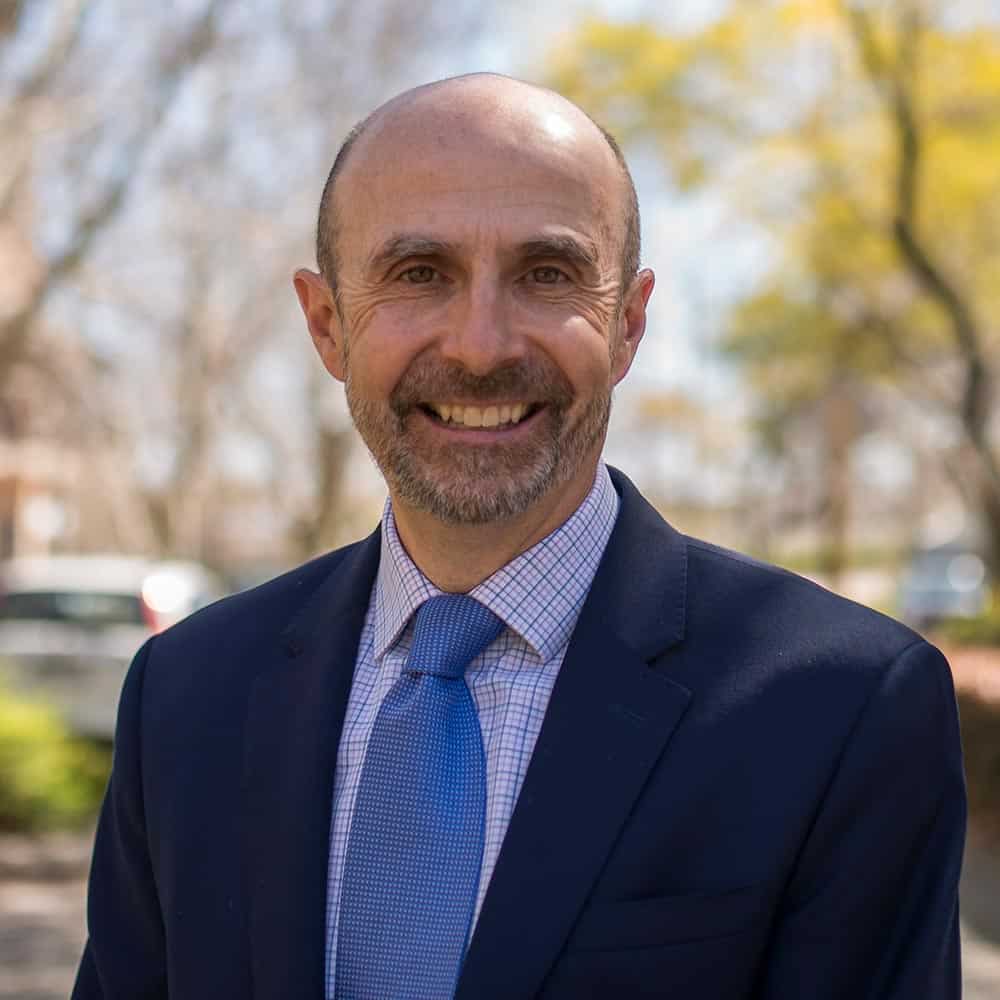As a Head, you say “thank you” a lot. But what if you could dial up the effectiveness of your expressions of appreciation? This is the science of communicating gratitude.
Every day, in many different scenarios, and to many different audiences, you say “thank you”. You say it to audiences of hundreds of people, to meetings of a dozen and to individuals. You say it to people you have worked with for years and people you are meeting for the first time.
Gratitude goes hand in hand with the act of giving recognition. When we recognise one another, it makes us even more appreciative and inspires the person we’ve thanked to give that feeling to someone else. This leads to a swell in happiness, wellbeing, morale, energy and engagement — all of which directly influence performance, productivity and retention.
This is what Workhuman CEO Eric Mosley calls “the gratitude effect: a ripple of acknowledgment and appreciation that surges forward, transforming and inspiring us, and improving outcomes.” The more gratitude going around, the more human connections are being made, and the more collaboration, engagement and innovation across the organisation.
Saying “thank you” is important, with effects far beyond civility. In a study conducted by the American Psychological Association, 93 percent of employees who reported feeling valued said that they are motivated to do their best at work. An obvious conclusion you might think, however, when contrasted with employees who said they did not feel valued, motivation to do their best work fell to just 33 percent.
Australian research conducted by MMG Education measured the levels that staff at independent schools believed their school’s leadership acknowledged their efforts. The mean was just 66 percent. The lowest score was 54 percent and the highest 79 percent. In another study conducted by Glassdoor, just 10 percent of employees were grateful to others at work on a daily basis. No matter from which perspective you look at these findings, there are significant gains to be made by better communication of gratitude.
It makes sense then for Heads to hone their skills at communicating their appreciation, but when we increase the quantity and overuse it — or shorten it to a quick “thanks” — it can come across as more formulaic than sincere. Fortunately, this conundrum has some simple and pragmatic communication solutions that can be implemented by every leader of people.
Simply changing “thanks” to “I’m grateful” can significantly change the outcome of the interaction, according to Harvard Business School professor Francisco Gino and University of Pennsylvania professor Adam Grant. Saying “I’m grateful” helps people savour positive experiences, cope with stress and strengthen relationships.
When used sparingly it becomes a powerful way to express your sincere gratitude, deliver honest praise, reinforce positive behaviour, build staff self-esteem and boost their enthusiasm. For example, instead of saying, “Thanks for organising the athletics carnival,” you might say, “I’m grateful you volunteered to organise the sports carnival. You enabled me to devote quality time to the selection process for the new History teacher and I uncovered a great candidate I might have missed otherwise.”
Jennifer Porter highlighted in the Harvard Business Review that you should use your praise to identify a specific action and its resultant impact on the wider team. Generic feedback such as “awesome job” does not make the cut. And, if you can, deliver the praise face-to-face so your employee can see your smile and other encouraging body language.
While we tend to think about gratitude and recognition from the perspective of the receiver, Dr Suzanne Vickberg of Deloitte believes it is equally important to examine the interaction from the point of the giver. “Research suggests people often underestimate the impact of showing their gratitude to others. The act of expressing gratitude makes us vulnerable and authentic, creating a powerful, human connection between the giver and the receiver. Saying ‘what you did had a positive impact on me’ is a profound message to give to another human being and it puts both of you in a happier, more grateful frame of mind.”
GoodThink co-founder and CEO Shawn Achor wrote, “Praise creates what I call a ‘virtuous cycle’ — the more you give, the more you enhance your own supply. When done right, praise primes the brain for higher performance, which means that the more we praise, the more success we create. And the more successes there are, the more there is to praise. The research I’ve been doing over the past five years shows that the more you can authentically shine praise on everyone in your ecosystem, the more your potential, individually and collectively, rises.”
Six ways you can apply the science of gratitude
- Say “thanks”.
It sounds obvious, but not necessarily. Remember MMG’s research mentioned earlier? One third of school staff don’t feel as though the school leadership recognises their efforts. It is tempting to think that employees’ rewards are in their salary and they shouldn’t need thanking for doing their job. Technically correct, but you are leaving a lot of performance opportunity unrealised if this is your attitude. - Say thanks by providing greater freedom and autonomy.
Great schools optimise processes and procedures but, at the same time, engagement and satisfaction are largely based on autonomy and independence. Consider saying thanks by granting more latitude on decisions in future. - Say thanks by genuinely seeking input.
When you say “thanks”, follow that up wherever possible by making it extremely easy for the staff member to make a suggestion. If they have solved a problem, ask if they can think of ways to ensure the situation doesn’t occur again. In short, say thanks by also showing you respect and trust their input. They don’t only get praise for what they did; they are also recognised for who they are. - Say thanks by asking for help.
Asking for help implicitly shows respect: you know or can do something I don’t know or can’t do. And it shows you trust the other person, because you’re willing to be vulnerable and admit you need help. The next time a staff member does something for you, don’t just say “thanks”. Ask how they did it. Ask why. Ask what they did. Show that you want to learn from them. - Say thanks by lending a hand.
Saying “thank you” is a great way to recognise effort, but so is pitching in to help. But don’t just say, “Is there anything I can help you with?” Most staff will reply with, “That’s okay. I’m alright.” Be specific. Find something you can help with. Say, “I have a few minutes. Can I help you finish (that)?” Offer in a way that feels collaborative, not patronising or gratuitous. Model the behaviour you want your team to display. Then actually roll up your sleeves and help. - Say thanks by saying “you’re welcome”.
Sometimes when you say “thank you” and offer praise or a compliment, the recipient can seem uncomfortable or awkward. The spotlight has the potential to make either party — or both — feel uneasy or insecure. But all you have to do is make eye contact and say “thank you”. Or make eye contact and say, “You’re welcome. I was glad to do it.” Whenever someone thanks you, make sure you respond that way. Show you appreciate the praise. Show your staff that you want them to feel comfortable accepting, and appreciating, praise.
Thank you for reading this article.
Insight applied
- There are significant performance gains to be made by better communicating your gratitude.
- Simple changes to the way you express gratitude can make it more meaningful and effective.
- Praise and recognition create a virtuous cycle.
Sources
Achor, TED Ideas
American Psychological Association
Grant and Gino, Journal of Personality and Social Psychology
Glassdoor
MMG Education, MMG Insights, Leadership ‘Best Practice’, Staff Welfare
Porter, Harvard Business Review
Vickberg, Deloitte
Andrew Sculthorpe, aka Scully, is the Managing Partner of imageseven. With a wealth of experience gained in both the UK and Australia, he is perfectly positioned to deliver insights that create a world-class impact for schools and their Heads. imageseven.com.au







